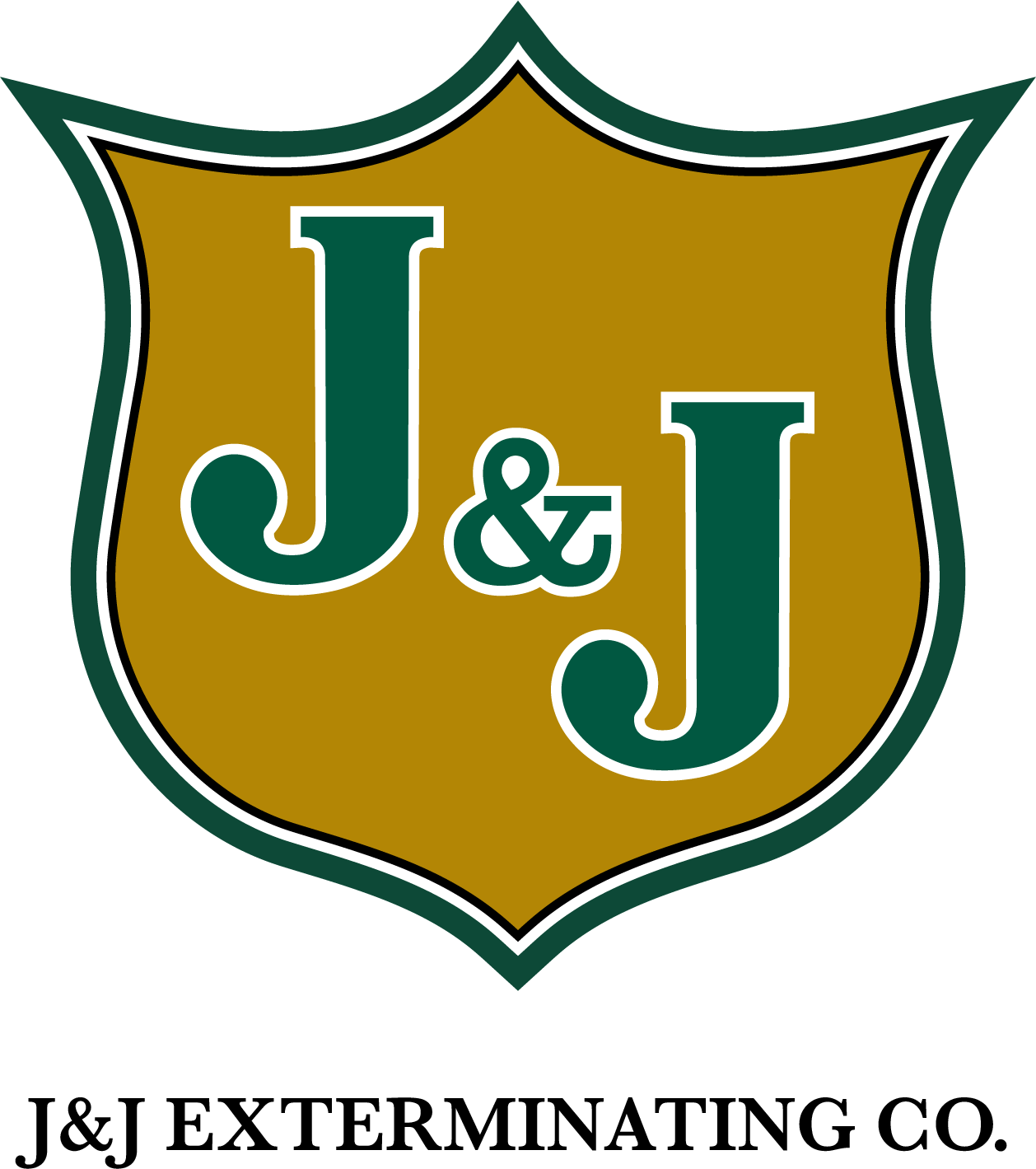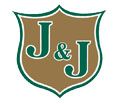The Formosan subterranean termite species is the most economically significant termite pest in Louisiana, as this species is responsible for hundreds of millions of dollars in structural damage in the state every year. The Formosan subterranean termite is an invasive species that first became abundant in New Orleans during the 1980s, but today, colonies can be found throughout the state. Before the Formosan subterranean termite became prevalent in Louisiana, the eastern subterranean termite was the most destructive termite pest in the state. Drywood termite pests are also common in Louisiana, but they are not as destructive as their subterranean counterparts. Of Louisiana’s eight termite species that are known to infest structural wood, half are drywood termite species.
While subterranean termite infestations are more common and more damaging to structures than drywood termite infestations, drywood termites are more difficult to detect within homes. Subterranean termite colonies see workers leave their underground nests to forage, and sometimes they encounter timber-framed homes. Workers access above ground wood by building air-tight mud-tubes that connect their ground-soil habitat to above ground wood in homes. The presence of these mud tubes on the foundation walls of a home clearly indicate that subterranean termites have established an infestation. However, drywood termites are more cryptic, as they do not leave behind a clear sign of their presence after establishing an infestation.
Unlike subterranean termites, only swarming drywood termites (alates) establish infestations, and since alates are airborne, their infestations are not limited to substructural wood sources around the foundation of homes. Drywood termite infestations are often found beneath roof shingles, in attics, and behind siding panels. During inspections, pest control professionals search for small holes on the surface of woodwork, and fecal pellets that drywood termites discard through these holes, which are known as “kick out holes.” If one drywood termite colony is found in a home, others might exist in another location. Since drywood termite infestations are exceedingly difficult to detect, the pest control industry has been attempting to develop methods that make infestations easier to detect. Some technological methods that have already been introduced, but are still in need of improvement include acoustic emission detectors, fiber-optic devices, microwave-based movement sensitive devices, and odor detectors.
Have you ever found termite fecal pellets within your home?
Tags: Termite Control, Termite Inspection



